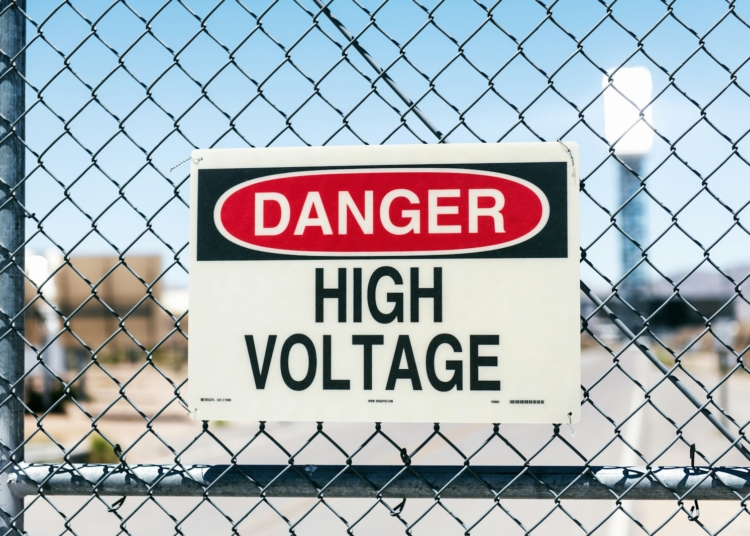In a world racing against time to avoid the worst consequences of climate change, green hydrogen has emerged as a beacon of hope — and a strategic energy disruptor. Once considered a distant technological dream, green hydrogen is now being fast-tracked by governments, major corporations, and clean energy investors worldwide.
Hailed as the “fuel of the future,” green hydrogen is capturing global attention due to its potential to decarbonize industries that electricity alone can’t reach. From shipping and steelmaking to long-haul transport and ammonia production, this clean-burning fuel could play a pivotal role in achieving net-zero emissions.
But what exactly is green hydrogen, why is 2025 a turning point, and who are the key players shaping this clean energy revolution?
Support authors and subscribe to content
This is premium stuff. Subscribe to read the entire article.










